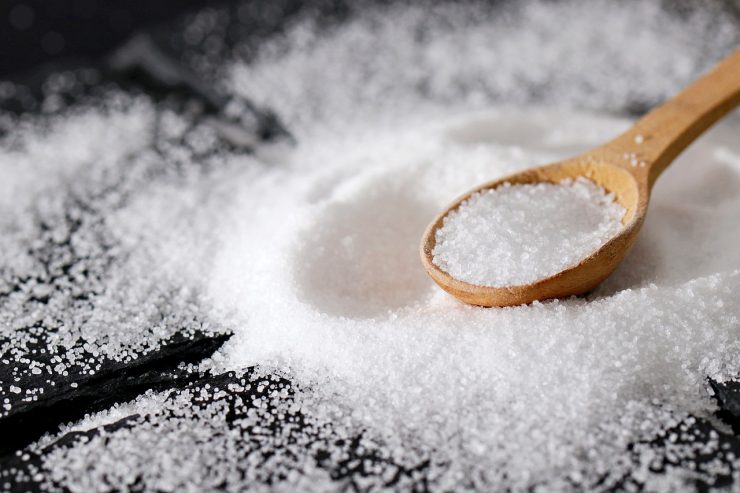Salt—it’s often called the salt of the earth, and for good reason. It’s a vital electrolyte that our bodies need to function; without it, we literally can’t survive. Yet somehow, salt always ends up at the top of the “foods to avoid” list. So, why does the medical community and so many nutrition experts seem to hate it so much?
First, let’s clear something up: salt isn’t just pure sodium. Salt is a natural product that contains sodium. Table salt, like Morton, is about 97% sodium, while natural options like sea salt or Himalayan pink salt have a bit less sodium and come packed with other minerals like magnesium, potassium, and even small amounts of calcium.
Now, let’s talk about salt and blood pressure. Back in the 1980s, a major global study found that people in undeveloped countries who didn’t use salt tended to have low blood pressure. For example, the Yanomami people in the Amazon have very low sodium levels and low blood pressure, even in their old age. On the other hand, the Kuna of Panama also eat low-sodium diets and maintain low blood pressure, even when some groups have access to a bit more salt. It turns out that salt intake doesn’t have as direct a relationship with blood pressure as many believe—other factors like overall diet and lifestyle play huge roles.
Several meta-analyses have shown that reducing sodium can lower blood pressure slightly, but not by much. In people with high blood pressure, sodium reduction might lower systolic pressure by about 5 mm Hg, but for those with normal readings, the drop is even less significant. Moreover, restricting sodium too much can actually increase triglycerides, LDL cholesterol, and stress hormones.
On the flip side, increasing your potassium intake—naturally found in fruits and vegetables—can have a much more pronounced effect on lowering blood pressure, particularly in people who are already hypertensive.
Let’s face it: our bodies need salt to survive. Salt is crucial for nerve transmission and muscle contraction, including your heart muscle. If your sodium levels drop too low, you could experience dehydration, muscle cramps, headaches, weakness, and even cognitive issues.
When sodium is low, your body sends signals to the kidneys and sweat glands to hold onto water. Many studies now point out that sodium isn’t the villain—it helps conserve water and actually supports several bodily functions.
Now, when it comes to choosing salt, steer clear of processed table salt. It’s higher in sodium and often loaded with fillers and anti-caking agents that can affect taste and even your health. Instead, opt for natural salt options like sea salt, pink Himalayan salt, or Celtic sea salt. These varieties not only have a smoother, milder taste but also come with beneficial minerals.
Remember, salt makes food taste better. Imagine a steak or a plate of steamed veggies without salt—it’s just bland. While reducing salt intake might seem like a quick fix for lowering blood pressure, cutting salt too much can actually backfire. Your body has ways to maintain sodium levels, and depriving yourself of salt can lead to worse performance in the gym, in the bedroom, and even higher stress hormone levels.
Better yet, follow a low-carb, primal, or paleo-style diet with fewer carbs, no grains, and minimal sugar. This kind of diet helps your body process salt better, often leading to improved blood pressure and overall heart health. Enjoy your salt as part of a balanced, healthy diet!











